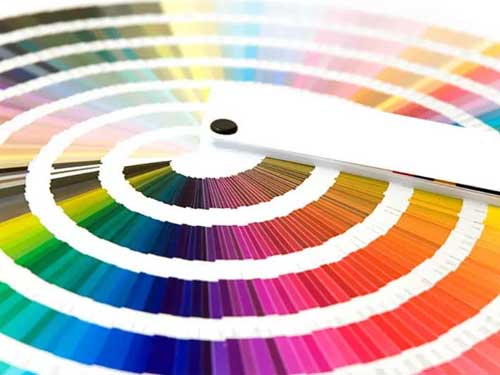8 Tips for Preparing Your Artwork for Print Do you have a piece of artwork…

CMYK vs RGB
WHAT IS RGB?
RGB is the colour mode that is usually associated with computer monitors and other displays. LCD/LED TV’s use the RGB colour mode, and so do the old-fashioned CRT televisions. Most cameras and digital scanners also use RGB.
The reason that RGB is the standard colour mode throughout most applications is that it offers the widest selection of colours. By combining the primary colours (red, green and blue) in varying amounts, you can achieve any colour you like with great accuracy. Most photo-editing programs use RGB as standard (including Photoshop) which is why you need to be extra careful when designing for print.
WHAT IS CMYK?
CMYK works in an entirely different way to RGB as instead of using ‘additive’ types of colour, it actually uses subtractive colours (i.e. Cyan, Magenta, Yellow and Key). Key is simply another name for black.
The main difference is this; when you combine all the colours of the RGB colour mode (red, green and blue) in varying amounts, you end up with the colour white (i.e. the most pure combination). With the CMYK colour mode, all of the colours are subtractive and therefore, the more colours you add together, the darker the colours are going to be.
For example, if you add magenta and yellow together (or more precisely subtract yellow from magenta), you end up with a bright red colour. If you were to subtract yellow and cyan, you would end up with the colour green.



